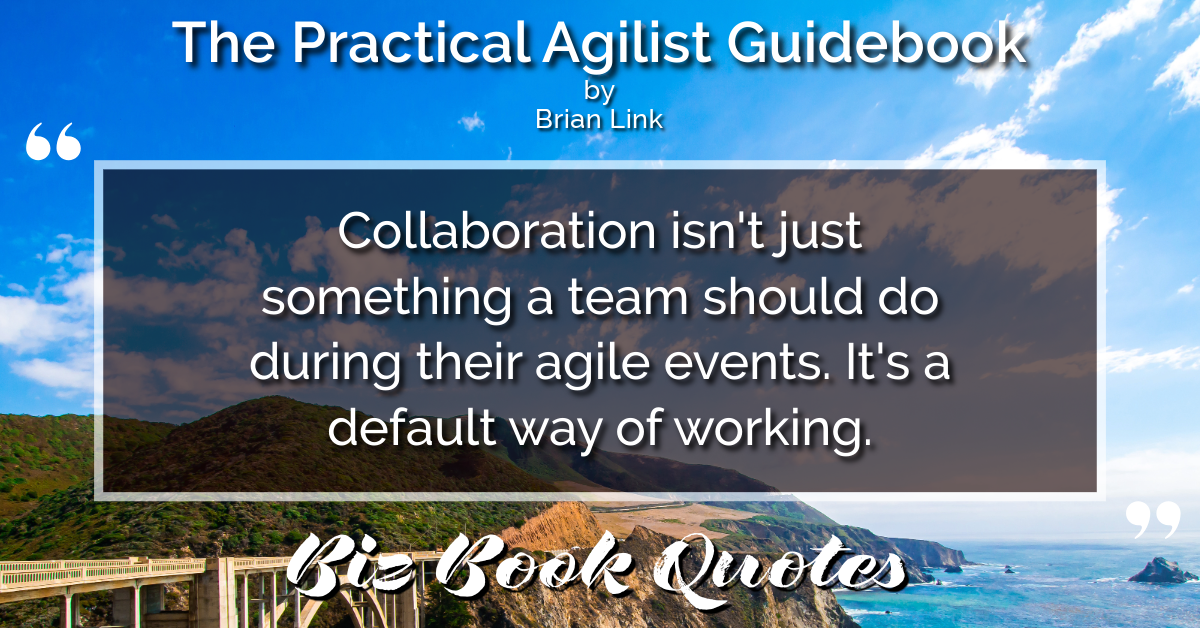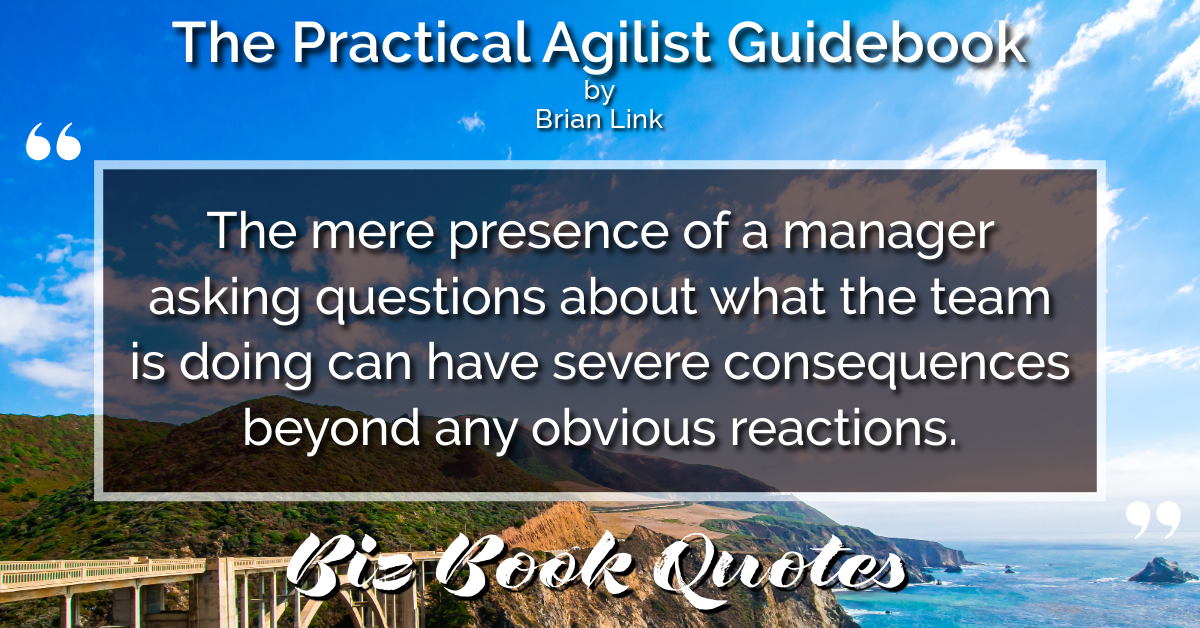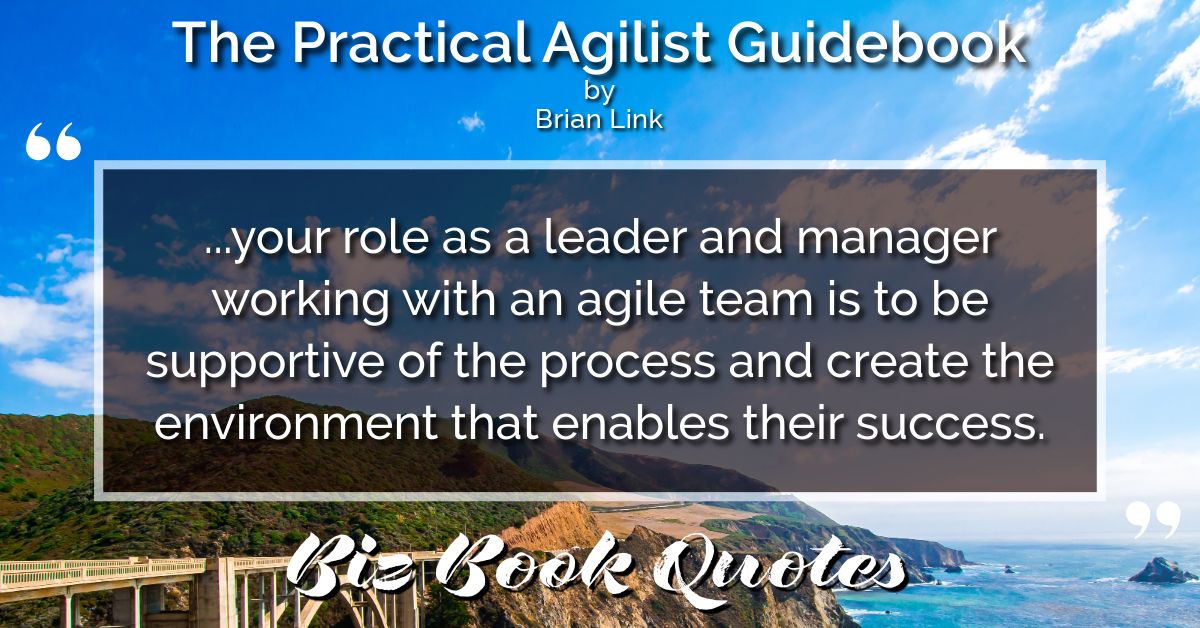 |
Most [organizations] struggle with the full end-to-end value stream and fail to include the skills of research and product discovery as well as the testing, DevOps, deployment, and support skills on the team.
|
030 |
 |
[Building fully cross-functional teams] is not trivial and often requires a fundamentally new approach at how to organize, distribute, and cross-train skills throughout the organization.
|
030 |
 |
Collaboration isn’t just something a team should do during their agile events. It’s a default way of working.
|
039 |
 |
…the concept of an agile team’s independence is largely a reflection of the environment and support of the leadership surrounding the team.
|
041 |
 |
The mere presence of a manager asking questions about what the team is doing can have severe consequences beyond any obvious reactions.
|
043 |
 |
Psychological safety is a delicate and extremely important aspect of how a team works.
|
043 |
 |
…your role as a leader and manager working with an agile team is to be supportive of the process and create the environment that enables their success.
|
044 |
 |
Every group has greater potential when every team member participates, no matter the skill level or amount of experience.
|
054 |
 |
…team members that have safety with their colleagues are not afraid of failure.
|
055 |
 |
…if a manager learns to ask questions and lead with empathy, they create a very important opportunity for the team member to open up, share, and even solve problems on their own and grow.
|
056 |